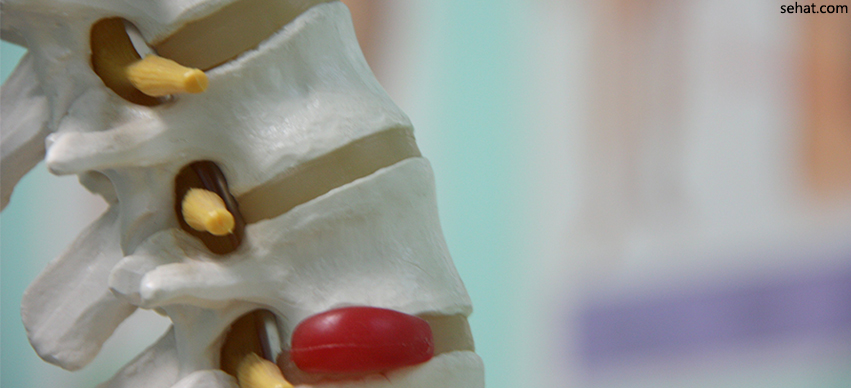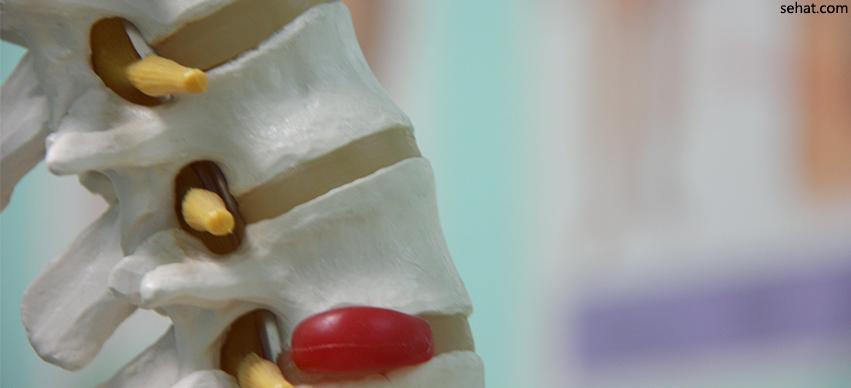Nanoparticle Therapy – An Emerging Cancer Treatment
5 Min Read


Between each of the vertebrae (the small bones) that make up the spine, there are small but thick cartilaginous discs present. These act as shock absorbers which protect the spine during movement and activity. These discs have a gel-like inner portion and a tougher outer ring. If an injury causes the inner part of the disc to protrude over the outer part, the condition is called herniated disc. Sometimes the disc ruptures completely and in even more severe cases, fragments of the ruptured disc may be lodged in the spinal canal. It can give rise to a number of symptoms that must not go unheeded or untreated.
It is important to remember that not all people who have herniated discs actually exhibit symptoms. Sometimes the condition may remain dormant until much more threatening symptoms start showing. However, in most cases where the herniated disc occurs in the cervical spine, pain in the arm is felt. The pain radiates from the armpit or shoulder blades and moves down one arm, usually on the thumb side of the hand. If the herniated disc is in the lumbar region, leg pain or sciatica is common. Mostly, in addition to the pain, weakness in different extremities of the leg and arm are also felt.
Intense back pain can also be indicative of herniated disc. Here, the pain travels down the back and may even descend to the buttocks and the legs. If you get intense pain just under your knee, it could be a strong indication that you have herniated disc because other back conditions do not usually cause this kind of pain. When you move, cough or sneeze or strain during defecation, this pain may intensify.
Weakness in different parts of the body is usually seen in patients with herniated disc. Cervical herniated disc may lead to weakness in the arm muscles- moving the hand may become a chore. Weakness in arms and legs can impair the patient’s ability to hold and lift items and stumbling can become regular. If impingement of nerves due to herniated disc occurs in the 4th and 5th lumbar segment, the herniated disc leads to weakness that makes you unable to raise the big toe and the ankle which is called foot drop. A herniated disc between the 5th lumbar segment and 1st sacral segment can also lead to weakness when standing on the toes.
This is also a symptom of herniated disc. Lumbar herniated disc leads to numbness and tingling sensation in the sole of the foot or on the top region of the foot. Herniated discs in the cervical spine leads to numbness in the triceps and may be directed to the middle finger or thumb side of the arm. This condition in the 7th cervical segment and the 1st thoracic segment causes impingement of the C8 nerve root. This causes numbness and tingling sensation down the arm right to the little finger.
This is a kind of emergency symptom and if this is seen, the patient must be immediately rushed to the hospital. Due to nerve impingement at the bottom of the spinal cord, loss of control of bladder and bowel movements is seen.
Untreated herniated discs, especially those who are in an advanced stage of the condition can lead to grave problems like permanent nerve damage. While the condition may improve, it is more likely to worsen. So if you do not wish to live forever in discomfort and pain, go see a doctor right away.